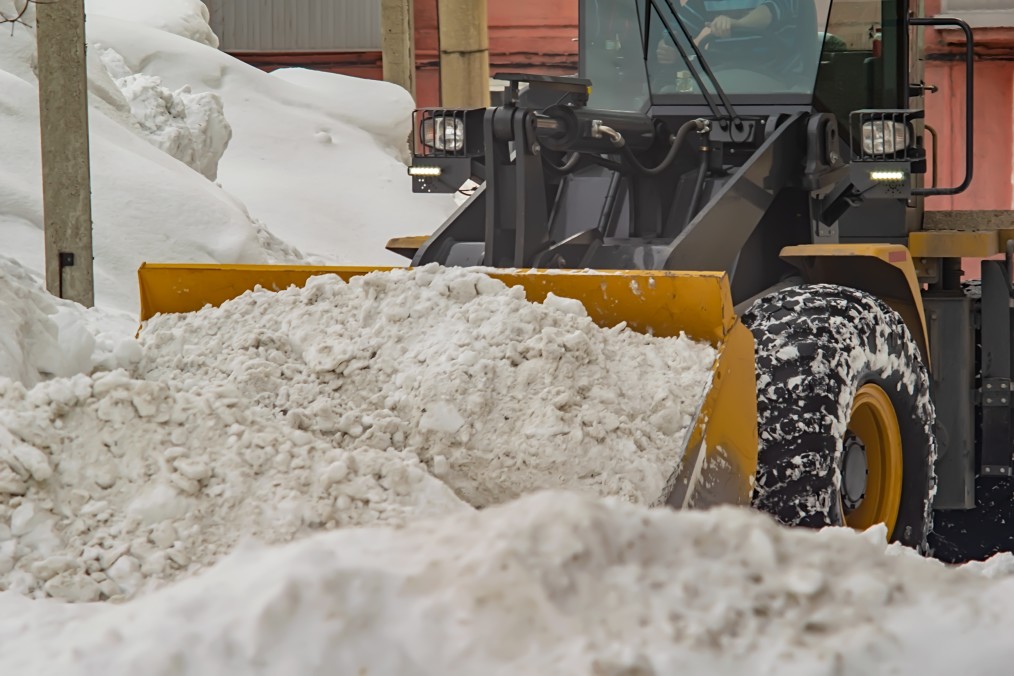Picture it: the snow is falling, creating a beautiful dusting on the road. The problem is, this almost never happens in Minnesota. Normally, Minnesotans and other Midwesterners receive massive amounts of snow at once that require big plows to go out and not only clear the snow out of the way, but to spread salt on the road. What happens
THE FULL CIRCLE WATER RESPONSE TO COVID-19
To Our Valued Clients We hope this message finds you well and your families and businesses secure. As we navigate through this unprecedented time, our focus will be on the health, safety, and success of our customers, our staff, and our community. The state of MN recently announced a Stay at Home order to slow down the spread of COVID-19.
World of Concrete 2020 Preview
World of Concrete 2020, held at the Las Vegas Convention Center, is less than one month away. Exhibits will go from February 4 through February 7, while the education portion will begin on February 3. Meet industry professionals, network with peers, see exciting events and demos, and cheer during competitions all week long. As the authority on concrete and masonry,
pH Control in Wastewater
So you’ve run your cement wastewater and slurry through a filter press to clean it, and it’s ready to be reused or dumped—WRONG! You’re on the right path by making sure it’s clean and by not dumping wastewater, but you need to make sure the pH balance of the water is at the appropriate level. This is especially important when
Sludge vs. Slurry: What’s the Difference?
Are you curious about the difference between sludge and slurry? You may use the words interchangeably, but they are not the same thing. They are both by-products of similar processes in industrial, refining, and wastewater industries. While they might be produced from similar processes, sludge and slurry are different, from their texture to their components. Sludge is thick and
How Can my Industry Help Decrease Water Stress?
Did you know that approximately 80% of wastewater is dumped back into the environment untreated? That’s a frightening statistic, especially when you consider that we’re facing water shortages. Why would we contaminate water when we’re already running out of the precious resource? Everywhere you look, you can see evidence of global warming and the trouble planet earth is in
Case Study—envyR Surfaces
Brad Norris, owner of envyR Surfaces, knows all too well the struggles that come with being in an industry that produces slurry. That’s why he decided to invest in a stone wastewater recycling system, the hydrotower, from Full Circle Water. Norris has been in the stone industry for more than 30 years, and he needed the perfect solution for
Do I Really Need Dewatering Technology?
If you’re in an industry that deals with slurry as a by-product of grinding, cutting, polishing, or another method, you may be wondering if you need dewatering technology. Dewatering is the process of removing water from solid material or soil. The process can be completed several different ways—some easier than others—including wet classification, centrifugation, filtration, or another solid-liquid separation process.
Wells Precast – Case Study
In September of 2018, Wells Precast, a precast solutions provider in Albany, Minnesota had come to a crossroads with their efforts to deal with their slurry water generated from washing down their equipment. Their old filter press was no longer keeping up with their demand, and it was also in a separate building a few hundred yards from where their
OSHA’s New Silica Standards
Occupational Safety and Health Administration (OSHA) has recently changed the game for silica standards by requesting information of Table 1 of the Respirable Crystalline Silica Standard for Construction. The hope is that, with this extra information, more regulations could be put into place and fewer businesses and workers will feel the regulatory and safety burdens. Silica, or silicon
